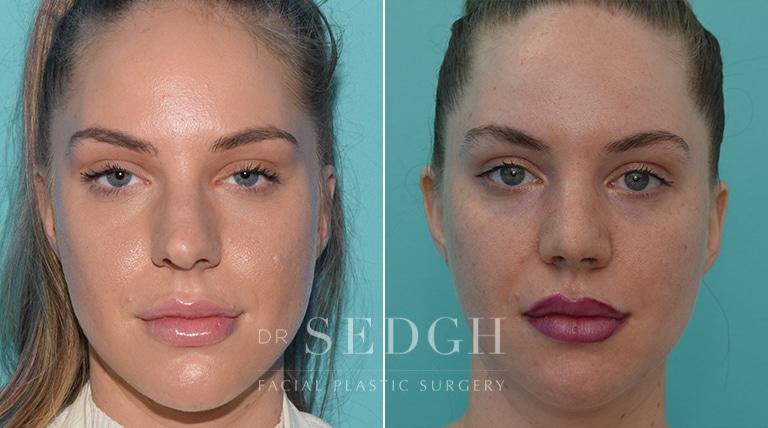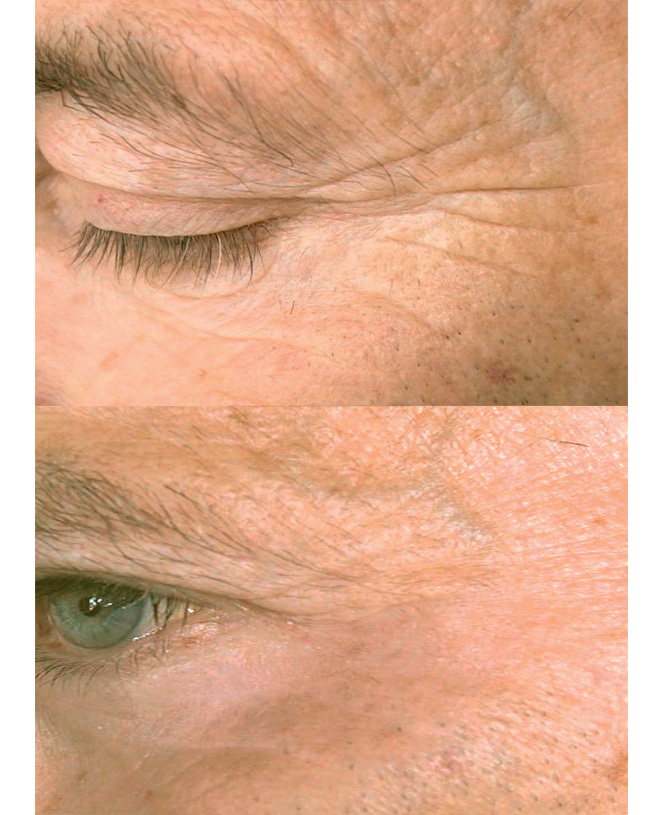
Knowing what to expect is key before you decide to undergo a breast implant procedure. Your medical history, allergies and medications will all be asked by a breast surgeon. He will ask you about your family history, including your mammogram results and your weight. He will also ask about pregnancy or weight loss and the reason behind the surgery.
Getting a mammogram
A mammogram is required before a woman can decide to have a breast-implant procedure. This mammography produces images in black-and-white of the breast tissue. The images are then examined and interpreted by a radiologist. A mammogram is a great way to detect breast cancer.
Breast implants can make mammograms uncomfortable. This is because the technologist pushes it up against the breast tissue. Most patients experience very little pain. Patients with scar tissue might experience more discomfort. The technologist will work closely with the patient to reduce discomfort.

Women who have breast implants are eligible for the BC Breast Screening Program. A mammogram can be scheduled for them free of cost if they are at least 40 years old. They also need to wait at least one year after finishing breastfeeding before they can undergo another screening mammogram.
Getting a silicone gel implant
Although silicone gel breast implants might seem simple, there are many risks involved. These risks include fatigue, increased pain, muscle weakness and connective tissue disease. These symptoms may last for years, so it is important to be aware of these risks before you consider having this procedure.
Regular mammograms are recommended for silicone gel implants. These tests will alert you to any problems with your implants. If they find that the implants have ruptured they will be removed by your surgeon. This will make it more difficult to breastfeed. Women with implants should also have their health monitored by regular MRIs. The silicone gel implant should last a few years.
A silicone implant is a plastic that feels more like natural breast tissue. It is viscouser than saline, and has a more natural appearance. If you are 22 years old or older, you can get a silicone gel breast implant.

The procedure to have a saline implantation
Because they are filled with a solution that is absorbed into the body, saline implants are less obvious. Saline implants are also very easy to alter in size. Surgeons can simply insert a saline needle into the valve of the implant. They also allow doctors to make fewer incisions than silicone implants, which means that they can be changed as needed.
The problem with saline breast implants, however, is the higher risk of infection. Injecting saline in the breast can cause contaminants to penetrate the breast tissue and can lead tetanus. Additionally, large needles are required to traverse a lot of skin and blood vessels. This could cause some discomfort and bruising. In addition, multiple injections can stretch the skin.
Saline breast implants may also rupture. This happens when the silicone skin around the implant cracks and releases the saline solution. The affected breast will become swollen from the leaking solution. Eventually, the silicone shell will need to be removed and replaced.